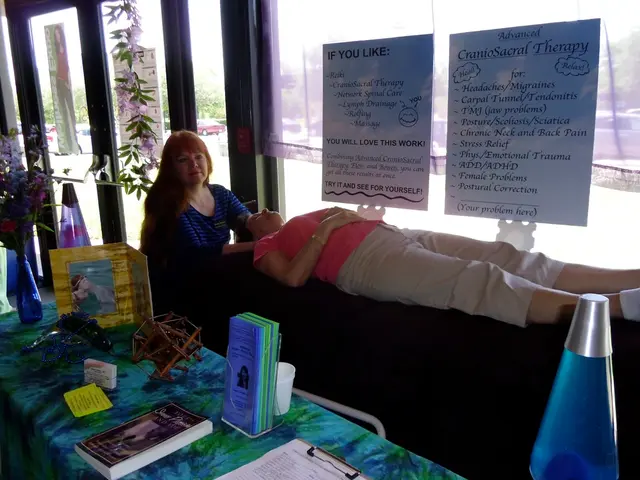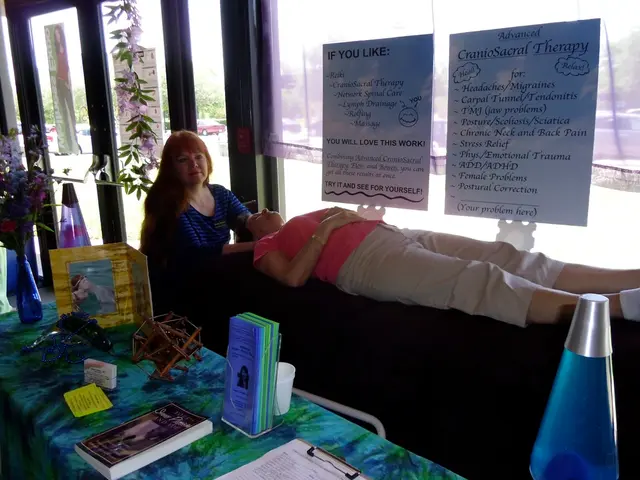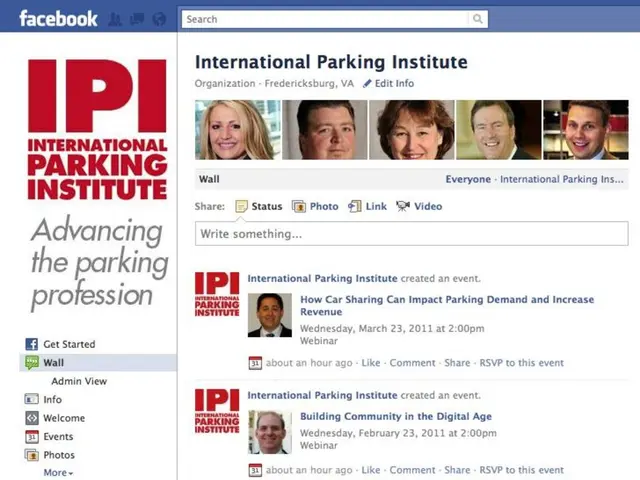19th-Century German-American Homeopath: Dr. Constantine Hering (1800-1880)
Born in Oschatz, Germany on January 1, 1800, Constantine Hering is regarded as the "Father of American Homoeopathy." Known for his extensive contributions to the field, Hering's name is synonymous with the development of key principles in homoeopathic medicine.
Homoeopathy enthusiasts may be familiar with Hering's Law of Cure, his 10-volume Materia Medica, or his role in establishing the Decimal scale of potentization—all significant contributions to the practice. But delving into the origins and scientific explanations of these laws adds an intriguing layer to their importance.
Hering's career in homoeopathy began unexpectedly after accepting an offer to write a book discrediting the practice. As he researched the subject, he came across the Third volume of Materia Medica Pura, which sparked his interest in Hahnemann’s methodologies for drug proving. Intrigued, Hering repeated drug experiments outlined in the text, correlating his findings with those of Hahnemann. This decision led to his growing admiration for homoeopathy and rejection of the initial book writing assignment.
A turning point in Hering’s career came when he suffered a potentially fatal infection on his right forefinger. Despite treatment from conventional medicines, his wound showed no signs of healing, and the doctors' advice was amputation. Fortunately, a disciple of Hahnemann named Kummer convinced him to try homoeopathic treatment instead. After taking Arsenicum album, Hering made a full recovery, solidifying his belief in homoeopathy.
Continuing his exploration of homoeopathy, Hering moved to Suriname and dedicated himself to research at hospitals and a leper colony. During his stay, he accidentally proved Lachesis while experimenting with the venom of the Bushmaster snake. The validation of its homoeopathic properties led him to revolutionize cowpox inoculation, aiming for a safer alternative.
Hering’s career in homoeopathy took off upon his return to Philadelphia in 1833, where he teamed up with other practitioners to establish the first homoeopathic medical college in the United States in Allentown, Pennsylvania. In 1867, he founded Hahnemann Medical College of Philadelphia, training hundreds of students in the holistic practice of homoeopathy. Homoeopathy gained popularity in America during the 1800s, with homoeopaths managing multiple hospitals, dispensaries, nursing homes, and orphanages.
Hering’s extensive work also extended to publishing, writing countless articles, monographs, and books, such as "Domestic Physician" and the "Guiding Symptoms." Moreover, he proved 72 homoeopathic remedies, including notable medicines like Cantharis, Colchicum, Iodum, Mezerium, Sabadilla, and Sabina.
Hering passed away on June 23, 1880, leaving behind a lasting legacy in the field of homoeopathy. His contributions paved the way for future generations of practitioners, and his principles continue to guide homoeopathic healing practices today.
- Homoeopathy as a field of science expanded beyond medicine with Hering's holistic approach, incorporating health-and-wellness, fitness-and-exercise, and mental-health into his healing practices.
- In addition to homoeopathic medicines, Hering also delved into the study of nutrition, proving 72 homoeopathic remedies and writing books like "Domestic Physician" and the "Guiding Symptoms."
- With an interest in various therapies and treatments, Hering's work in Suriname not only involved homoeopathy but also led to the revolutionization of cowpox inoculation, seeking a safer alternative.
- As the father of American Homoeopathy, Hering's contributions extended beyond his career, influencing the establishment of multiple hospitals, dispensaries, nursing homes, and orphanages during the 1800s, leading to the popularity of the practice in America.






